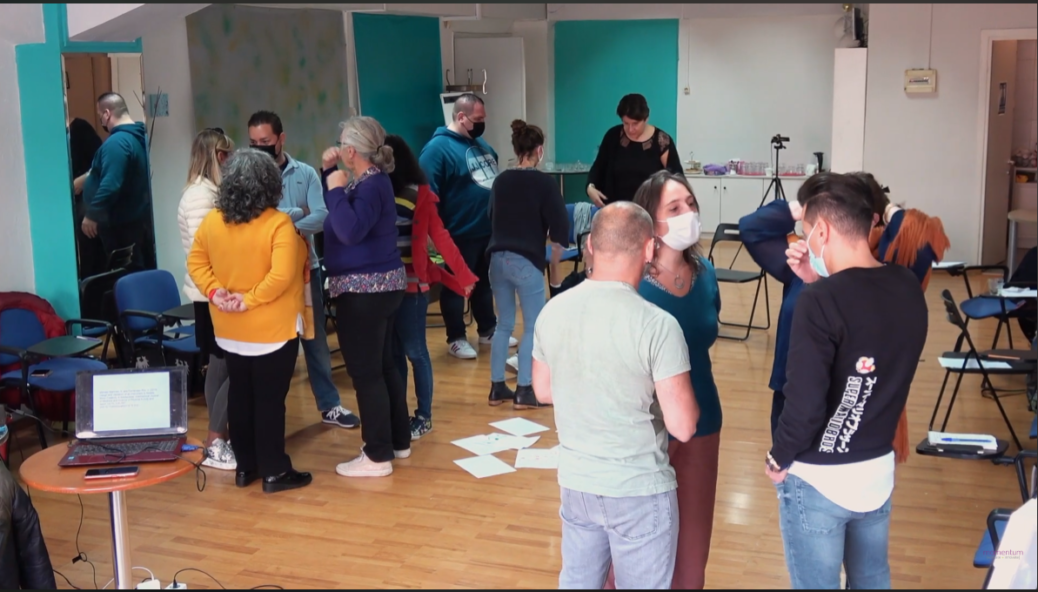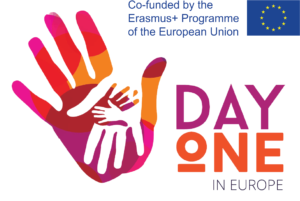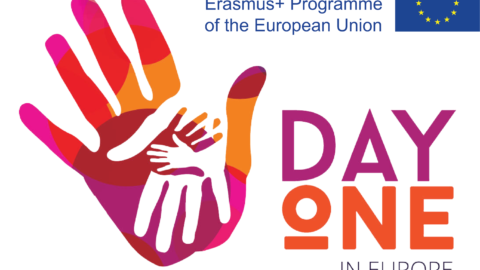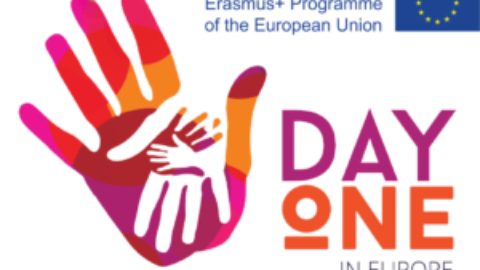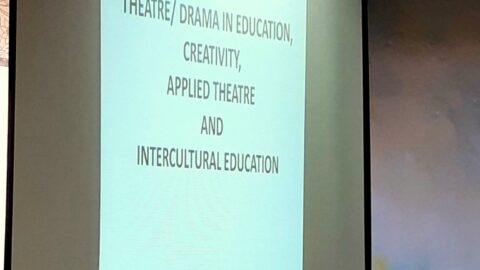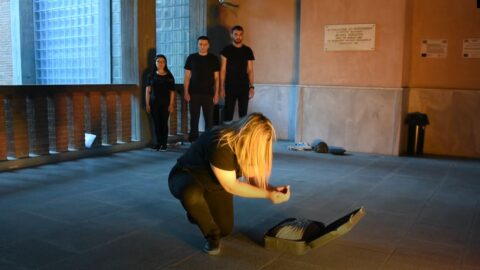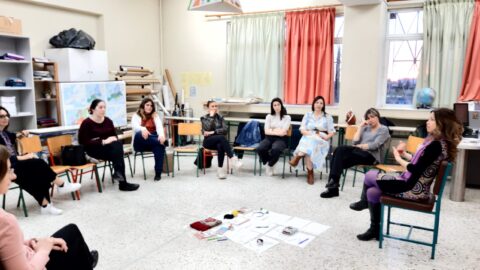A DRAMA WORKSHOP BASED ON A PICTURE BOOK ABOUT IMMIGRATION
The picture book “The Suitcase” by Chris Naylor-Ballesteros can work as a simple and powerful way to explore themes of displacement and difference. Drama offers a challenging, stimulating and safe place for the participants to easily engage with and to reach a deeper understanding.
Objectives
-
To empathize with someone who feels unwelcome and out of place.
-
To introduce the idea of kindness and trust to strangers to young children.
-
To help to externalise feelings and experiences that are difficult to be expressed.
-
To express and communicate in a verbal, in a non-verbal corporal way and through the arts.
Activities
- We walk on a scale of 1-10 (1: the slowest, 10: the quickest).
We say “good morning” in different ways & emotions (e.g. joy, surprise, excitement, anger, etc.). Group members suggest some other ways and the group follows. We also suggest good mornings in different languages.
- Getting to know each other:
Everyone says his/her name and adds one word (noun or adjective), which starts from the same letter of his/her name in order to illuminate a positive aspect of himself/herself.
- “Spectrum of difference”
The group members are asked to place themselves physically on an imaginary line, linking to alternatives (yes & no), indicating their answer through their choice of position.
Some questions to be asked are:
-Have you ever left your house?
-Have you ever been to another country where you didn’t know the language but it was urgent for you to communicate?
- In small groups or in plenary discussion:
We raise the question: “If you had to leave your country by force, what would you put in your suitcase?”
- The story “The Suitcase”
Episode A – We read aloud: “A strange animal arrived one day looking dusty, tired, sad and frightened He was pulling a big suitcase.”
We set the question in plenary: “What do you imagine the strange animal’s suitcase contains?”
The objects proposed by the participants come to life and talk about the strange animal and its life.
Episode B – We read aloud: “Hey! Hi there! […] I must have a little rest…”
“Role on the Wall”: The participants are asked to draw on a large piece of paper the outline of the protagonist role (the strange animal). They add a series of statements, words and adjectives about how the others look at the character (the strange animal) besides the outline. Inside the figure of the protagonist they add statetments, words and adjectives about how he himself feels and thinks.
Episode C – We read aloud: “What a strange animal! […] It’s not ours!”
“Gossip circle”: 3 participants in role of the other characters of the book (the chicken, the rabbit and the fox) discuss about the “strange animal”.
Episode D – We read aloud: “In no time at all […] what the other animals had done…”
“Improvisation”: In groups the participants are asked to continue the story.
Episode E – We read aloud: “I’m sorry […] more teacups.”
“Hot-Seating”:
The participants, working as themselves or in role, have the opportunity to question or interview role-players (the strange animal, the chicken, the rabbit and the fox). How did they think? What do they feel? What changed? etc.
“Still image”:
In small groups the participants are asked to create 5 Still Images to narrate the story as a whole.
There might be combined some extras techniques for the dynamization of the images such as inner monologue, title, flash back, slow motion etc.
- The classroom’s suitcase: By pantomime, each member of the group is asked to place in a suitcase what he/she would take with him/her if he had to leave his/her country by force.
Martha Katsaridou
Koldo Vío

